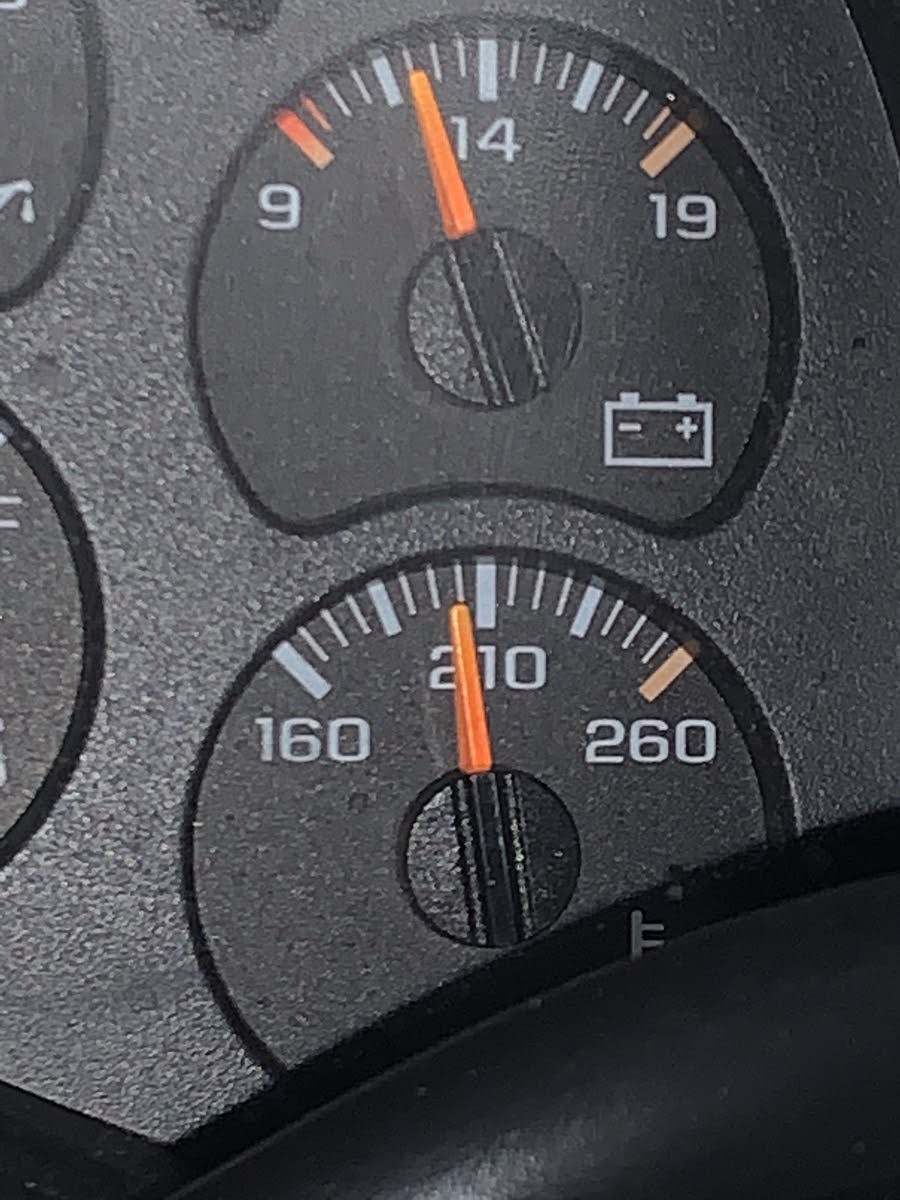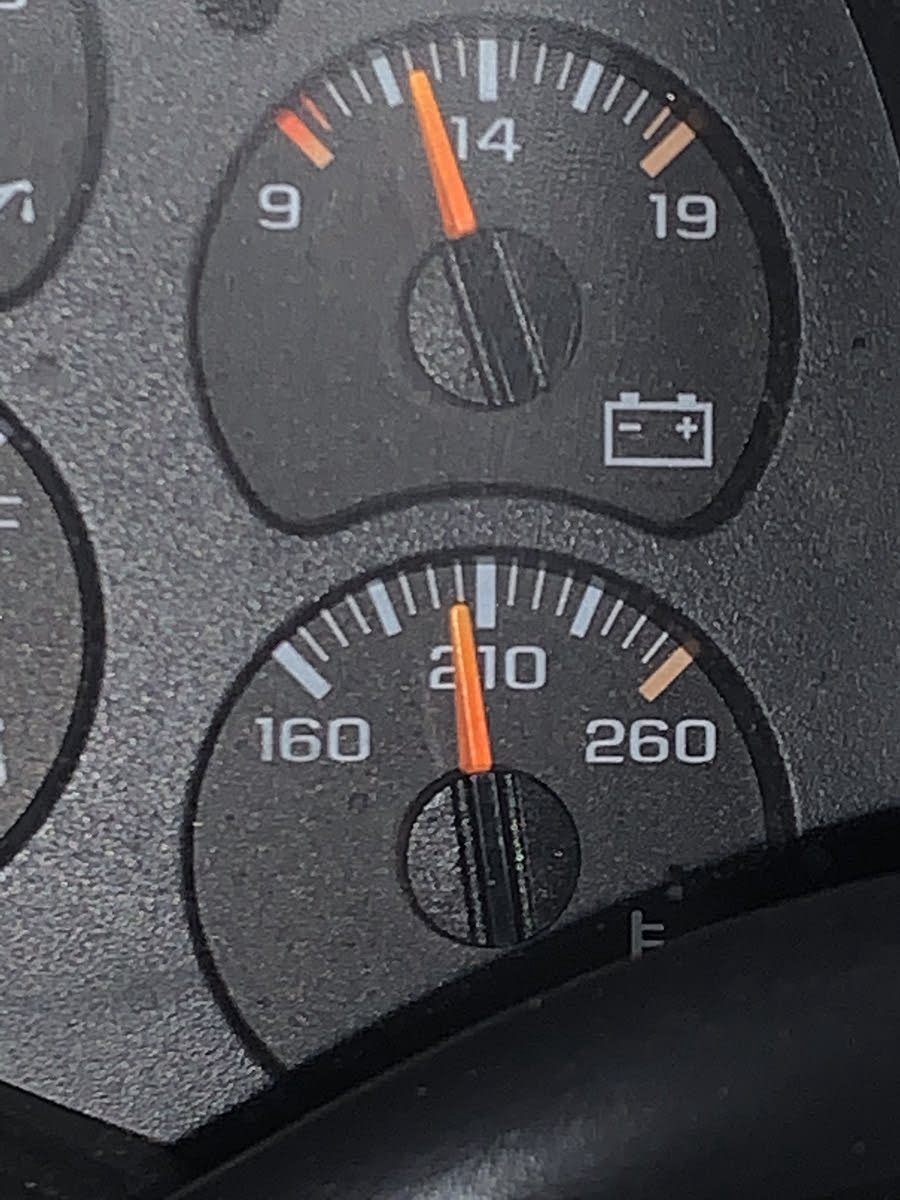
What is a normal coolant temperature reading in my car?
It’s important to keep an eye on the coolant temperature data in your instrument cluster. Manufacturers add coolant temperature sensors and gauges to help drivers keep track of the engine and coolant temperature while driving.
As the motor industry progresses, more devices and computers are installed in modern vehicles. Temperature sensors are utilised in several of these sensors (more on that later). If the coolant temperature goes too high, one of these sensors will create a fault code on the vehicle computer.
If the engine overheats, this might potentially result in engine failure. To prevent having to dig further into your finances owing to a large repair cost, go online for car repair and servicing garages in Reading and schedule an appointment with a technician to diagnose and repair the problem.

These devices have helped protect our vehicles from engine overheating by notifying the driver when something goes wrong.
In this post, we’ll go over what your coolant temperature should be, how to fix a high coolant temperature, and how to spot a malfunctioning coolant temperature sensor. Take a seat and go through the information given.
What should the coolant temperature in my vehicle be?
Because engine overheating is inconvenient, understanding what your coolant temperature should be will save you a lot of time and frustration. Overheating can cause catastrophic damage to system components such as the cylinder head, engine block, radiator, head gasket, and other internal components. As a result, keep a close watch on the temperature measurement.
So, what should the coolant’s temperature be?
The typical coolant temperature differs from vehicle to vehicle. The temperature of the engine should be between 90 and 105 degrees Celsius on average. In most automobiles, however, the coolant temperature is not displayed in degrees on the instrument cluster. They have low and high-temperature markings on them.
The temperature is normal if the temp gauge needle is resting on or near the middle of the markings in this type of reading on the instrument cluster. The engine needs 1–2 minutes to achieve a normal operating temperature.
If the needle is near to the bottom when you start your car, don’t worry about the coolant temperature is low; it will climb to its normal level as the engine warms up.
Certain vehicles’ temperature gauges will not reach the halfway point. Keep an eye on where the needle rests once the engine is fully warmed up. You’ll know ahead of time when the needle starts creeping higher, signalling a temperature rise.
If this occurs on a frequent basis, it indicates that something is incorrect and not functioning correctly. Allow a professional expert to address the problem by scheduling an appointment with a car servicing and repair in Reading garage.
The temperature of an engine generally rises when it is loaded. So, if you turn up the air conditioner or observe a temperature rise while towing, don’t be alarmed. It’s not unusual in the least.
In any case, if you think the rise is getting too much, pull over to the side of the road and pull over to a safe spot, switch off the air conditioning, and turn off the engine. After opening the bonnet, let the car sit for 45 minutes to an hour. Once the engine has cooled, check the coolant level and add antifreeze if necessary.
If you see a temperature spike on your instrument cluster on a frequent basis, inspect your vehicle or take it to a skilled mechanic for a thorough examination. A variety of things might be contributing to the rise in temperature. These components include a bad water pump, a clogged thermostat, a blown head gasket, a low coolant level, a defective radiator fan, and a faulty fan clutch.
In cars, temperature warning lights have taken the place of temperature gauges. When you start your vehicle, a blue light will illuminate, indicating that the engine is working at a lower temperature than normal. The blue light will go away once the engine has warmed up.
Every vehicle is equipped with a system that displays how hot or cold it is at any given time. Without it, you won’t know if your vehicle is running low or high, which might cause significant harm to different system components.
If your instrument cluster has a yellow or red temperature warning light, it means your car is overheating. Pull off to the side of the road, turn off your engine, and check for leaks in your cooling system. If you’re not sure what’s going on beneath the bonnet, talk to your local mechanic.